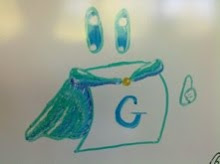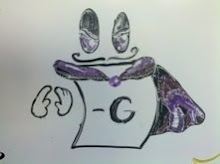Game sums are at the heart of Combinatorial Game Theory. If you give me two different rulesets, a third exists that is the sum of those two and you don't have to specify anything new.
Unfortunately, some games add poorly or uninterestingly. Hex may be a good example, because the game is over when a path is created. The standard Hex rules cause the game to be all-small: if one player has a move option, then the other also does. As I mentioned before (late in the post) it's perhaps more exciting to redefine the game to make it more "sum-friendly" (very arguable). Instead of ending the game when one player has created a path, instead allow the path-creating player to keep painting uncolored hexagons. Thus, the rule is that you cannot play if the opposing color has formed a path. Now the game is no longer all-small.
Paul Ottaway and I had a conversation a year ago where we both argued for this change. I don't know how to change the rules to a 65-year old game, however. Luckily, when played atomically (not part of a sum), the new rules do not change the game play. Make the connecting path and you win.
This works for any connection game that I know of (Y, Twixt, etc). There are many inherently all-small games that cannot accommodate such a change, however. Clobber and MadRooks are games that are all-small and for which I don't see a method to fix that that doesn't change the original game.
The inherent problem here is that prior to combinatorial game theory, games were defined by explaining the conditions for one player to win the game. Under the normal play convention, that's not entirely relevant. Instead, the game author need only describe what the legal plays are for each player from any position. It's a subtle difference that is only important in the context of game sums.
Jokes from the Audience
1 week ago


